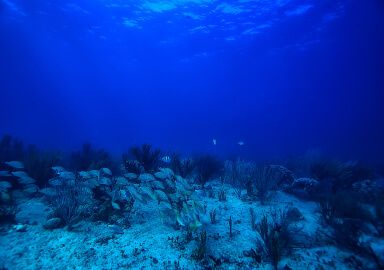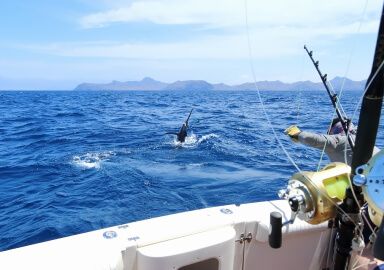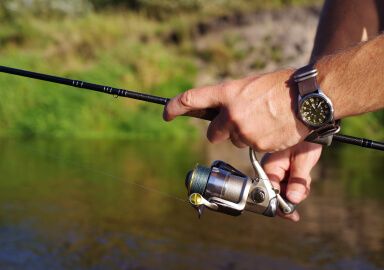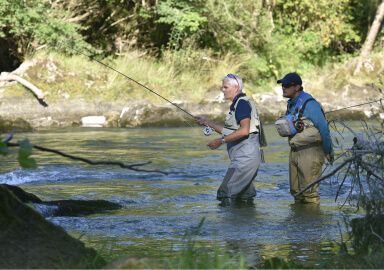Lane Snapper
Lane snapper are a very popular target of light tackle anglers due to their relatively good fighting ability and excellent taste.
View 15 listings
15
listings
–
price starting from
3
countries
–
to the nearest trip
Where and When?
Lane snappers are distributed along the western Atlantic shores, from North Carolina down to southern Brazil. They are most common in the central areas of this range except where heavy fishing pressure has reduced numbers. Many are caught in commercial seine net fisheries and also as bycatch in shrimp netting. Spawning takes place offshore but most of the juveniles spend time in estuaries before moving into the ocean and then setting up permanent territories. They favor reefs, including coral reefs, but are also often found on sandy bottoms where there is an abundant growth of seagrass or other algae. They generally stay and feed, close to the seabed and favour depths of 30 to 122 meters (98 to 400 ft.). Lane snappers may be caught throughout the year but, if spawning shoals are located, excellent sport may be had in the warmer months during the extended spawning season. Naturally, they feed mostly at night and so the best fishing is usually early in the morning or towards dusk.
About Lane Snapper
Lane snapper (Lutjanus synagris) are a smallish but typical looking member of the Lutjanidae (snapper) family. They have an oblong, compressed, almond shaped body with a pointed snout and a relatively large mouth with many sharp, conical teeth, including ferocious-looking canines. Lane snappers have two colour phases, one for those living in deep water and the other for those occupying shallow areas. The former is basically darker than the latter and both have pink/red upper parts with the flanks lightening down the sides to the lower body which is silvery but with a yellow tinge. They are mostly nocturnal, opportunistic, predators and feed on a wide variety of organisms - mostly invertebrates but also small fish. Lane snappers can attain a length of 60 centimeters (24 in.) but most fish caught are around 25 centimeters (10 in.). The maximum mass is about 3.5 kilograms (7.7 lbs.) which they can achieve in about 10 years. During the breeding season, which peaks in mid-summer, they aggregate in large numbers.
How to Catch?
Most lane snapper fishing is carried out from small boats fairly close to the shore but many are also caught in estuaries and by beach and jetty anglers. The species is fairly aggressive in terms of taking a bait, and is reputed to be less wary of biting a bait than many other snappers. Natural bait fishing can produce good results, especially using small live bait, but increasingly plastics, small jigs and spoons are used to good effect. Fly fishing is not easy as the species rarely feeds near the surface and it is difficult to get a fly down to lane snappers. Smaller specimens can be found in estuaries but larger specimens are usually found a small distance offshore. They are found in both clear and murky water and natural baits, like shrimps and crabs, can be the most effective overall. In some areas their abundance has declined through too much fishing pressure resulting in the IUCN categorising them as “near threatened”. In many areas, however, they are still abundant and its willingness to bite, fighting ability and excellent taste make it a very popular fish with light tackle enthusiasts.
Listing Types
Similar Species
 Black Snapper
2 offers
Black Snapper
2 offers
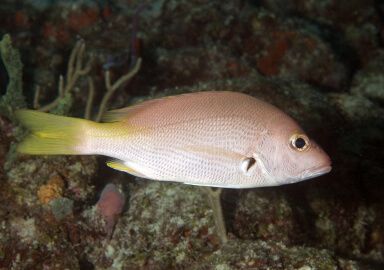 Blackfin Snapper
2 offers
Blackfin Snapper
2 offers
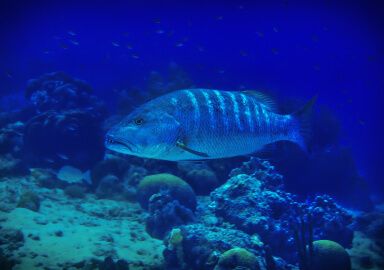 Cubera Snapper
30 offers
Cubera Snapper
30 offers
 Gray Snapper
5 offers
Gray Snapper
5 offers
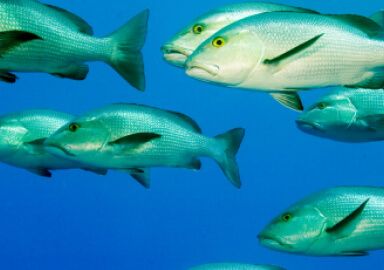 Mangrove Snapper
43 offers
Mangrove Snapper
43 offers
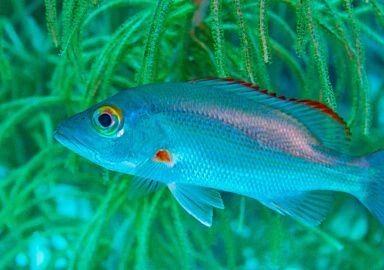 Mohogany Snapper
1 offer
Mohogany Snapper
1 offer
 Mullet Snapper
6 offers
Mullet Snapper
6 offers
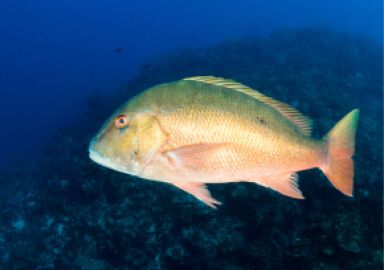 Mutton Snapper
23 offers
Mutton Snapper
23 offers
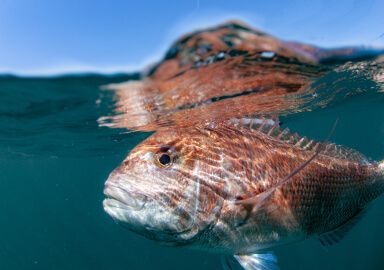 Pink Snapper
2 offers
Pink Snapper
2 offers
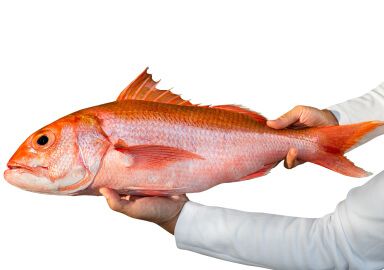 Queen Snapper
6 offers
Queen Snapper
6 offers
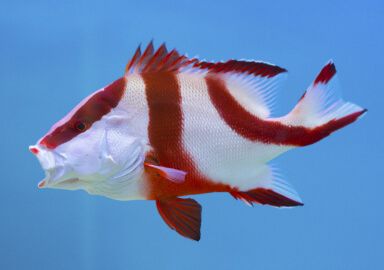 Red Emperor Snapper
7 offers
Red Emperor Snapper
7 offers
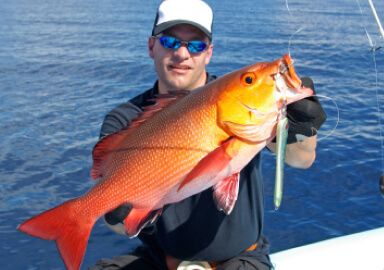 Red Snapper
99 offers
Red Snapper
99 offers
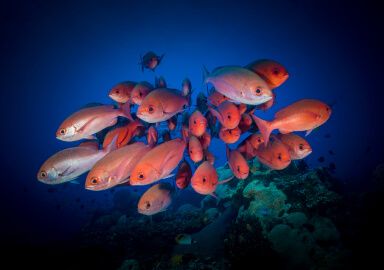 Short-Tail Red Snapper
1 offer
Short-Tail Red Snapper
1 offer
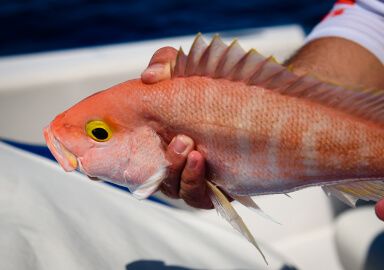 Silk Snapper
3 offers
Silk Snapper
3 offers
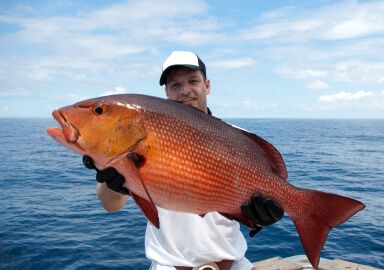 Snapper
275 offers
Snapper
275 offers
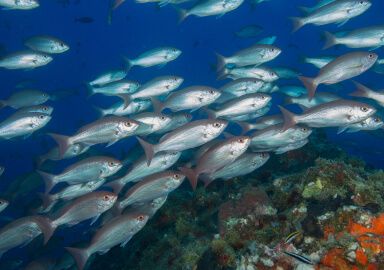 Vermilion Snapper
13 offers
Vermilion Snapper
13 offers
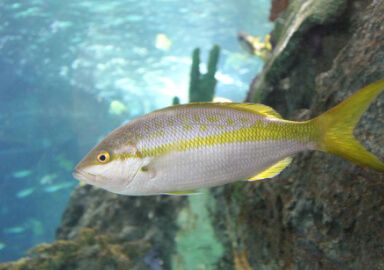 Yellowtail Snapper
27 offers
Yellowtail Snapper
27 offers



